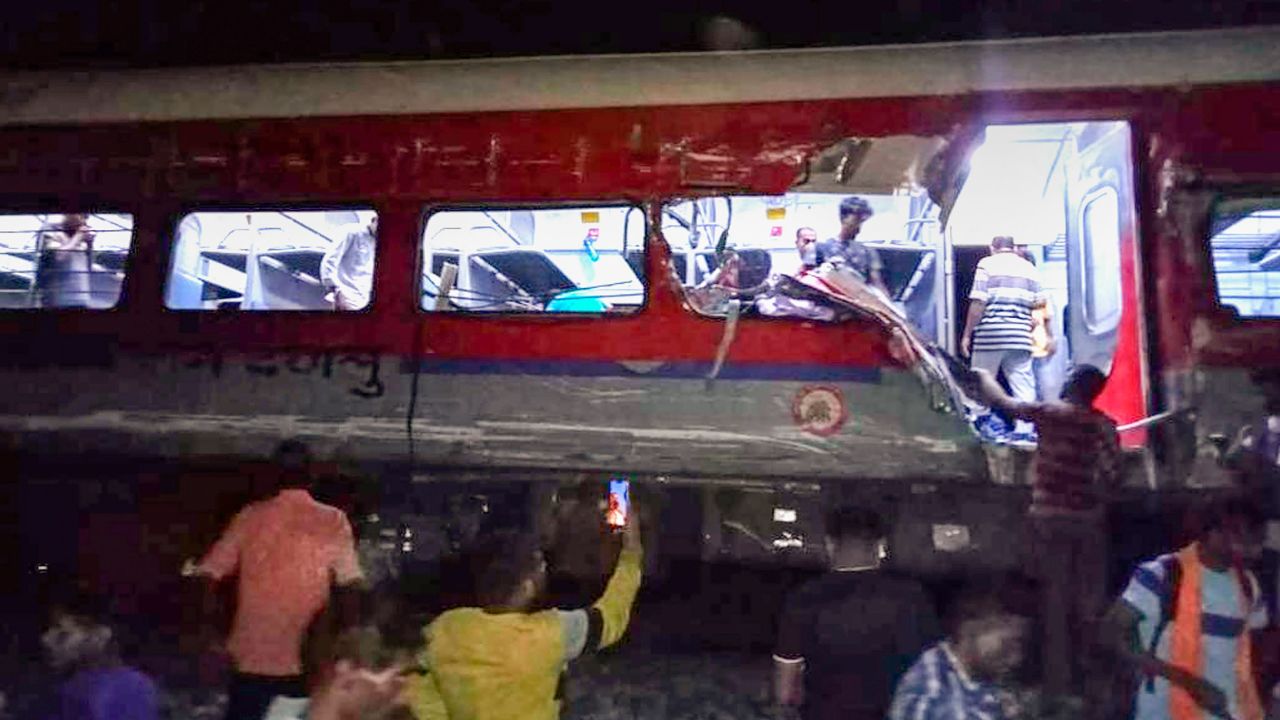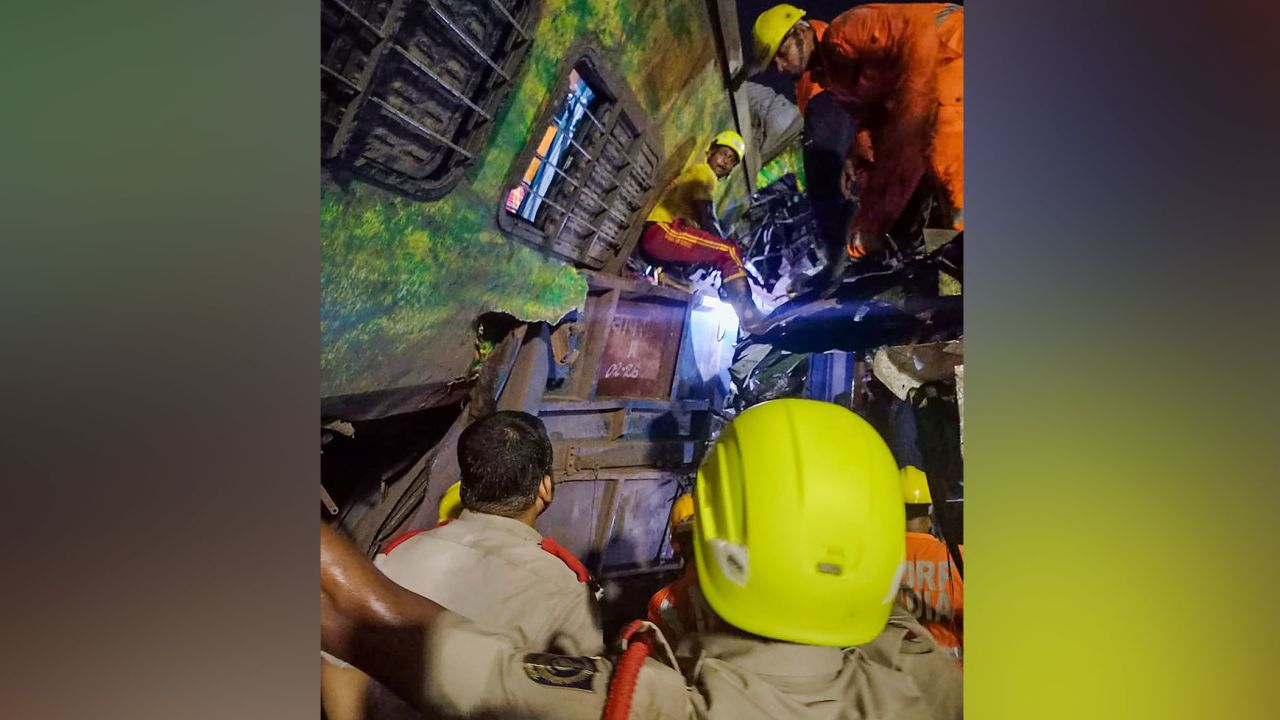CNN
—
Rescuers in India are scrambling to find survivors after a horrific crash involving three trains killed hundreds of people in one of the worst rail disasters the country has ever seen.
At least 288 people have been confirmed dead and more than 1,000 injured following the collision between two passenger trains and a goods train in the city of Balasore, in eastern Odisha state, on Friday.
But rescuers expect the death toll to rise further, as many people are thought to be trapped under upturned carriages.
“We are not very hopeful of rescuing anyone alive,” Odisha’s Fire Services Chief, Sudhanshu Sarangi, told local news channel NDTV.
The cause of the crash remains unclear but Indian Railway Minister Ashwini Vaishnaw told reporters Saturday that a “high-level inquiry” has been ordered into the collision, which took place in northeastern Odisha, near the Bahanaga railway station.
The incident has reverberated across India, a nation of 1.4 billion, prompting renewed calls for authorities to address safety issues that have plagued the country’s railways for decades.
India’s trains serve 13 million passengers every day, and while the government has recently invested millions to upgrade its railways, years of neglect have caused tracks to deteriorate.
Video footage and photographs from Friday’s crash site show scenes of chaos and despair. Dozens of dead bodies can be seen lying beside the mangled trains, while police officers and survivors stand nearby. Passengers’ personal belongings can be seen strewn inside carriages and windows have been crushed, spilling glass and metal debris onto the floors. Train carriages have been torn apart.
The crash is one of the worst in recent Indian history.
One survivor who did not share his name told local television he had fallen asleep and was jolted awake when the train derailed, causing about 15 people to fall on top of him.
“I was at the bottom of the pile. My hand is injured, it’s hurting a lot, and also the back of my neck,” he said. “When I came out of the train, I saw someone had lost their hand, someone had lost their limb, someone’s face was disfigured.”

More than 115 ambulances and several fire service units are involved in the rescue effort. The Indian army, teams from the National Disaster Response Force, the Odisha Disaster Rapid Action Force, and the state’s fire services have been dispatched to the site.
Hundreds of people have gathered outside local hospitals to donate blood, in a massive show of solidarity and support. About 500 units of blood were collected overnight with 900 units currently in stock.
Manish, a volunteer, attempted to donate blood at Soro Block Hospital, but couldn’t enter as it was already packed with people offering to help.
“There are literally dead bodies all around,” he said. “Injured passengers are being treated outside of the hospital because of lack of beds.”
Indian Prime Minister Narendra Modi tweeted his condolences on Friday.
“Distressed by the train accident in Odisha. In this hour of grief, my thoughts are with the bereaved families,” he wrote.
A day of mourning will be observed in the state on Saturday.

India’s extensive rail network suffers from aging infrastructure and poor maintenance – factors often cited in accidents.
In 2021, more than 16,000 people were killed in nearly 18,000 railway accidents across the country.
According to the National Crime Records, most railway accidents – 67.7% – were due to falls from trains and collisions between trains and people on the track.
The death toll from Friday’s crash has already surpassed that of another infamous incident in 2016, when more than 140 people were killed in a derailment in northern Uttar Pradesh state.
The latest crash comes as India carries out a major overhaul of its infrastructure, with the country investing millions to modernize transport links.
In February, Modi inaugurated the first section of a 1,386-kilometer (861-mile) expressway linking the capital New Delhi to the financial hub of Mumbai.
Construction is also underway for the Western Dedicated Freight Corridor, which aims to decongest India’s railway network.
Later this year, the country will open Chenab Bridge – the world’s tallest railway bridge – in the country’s Jammu and Kashmir region.